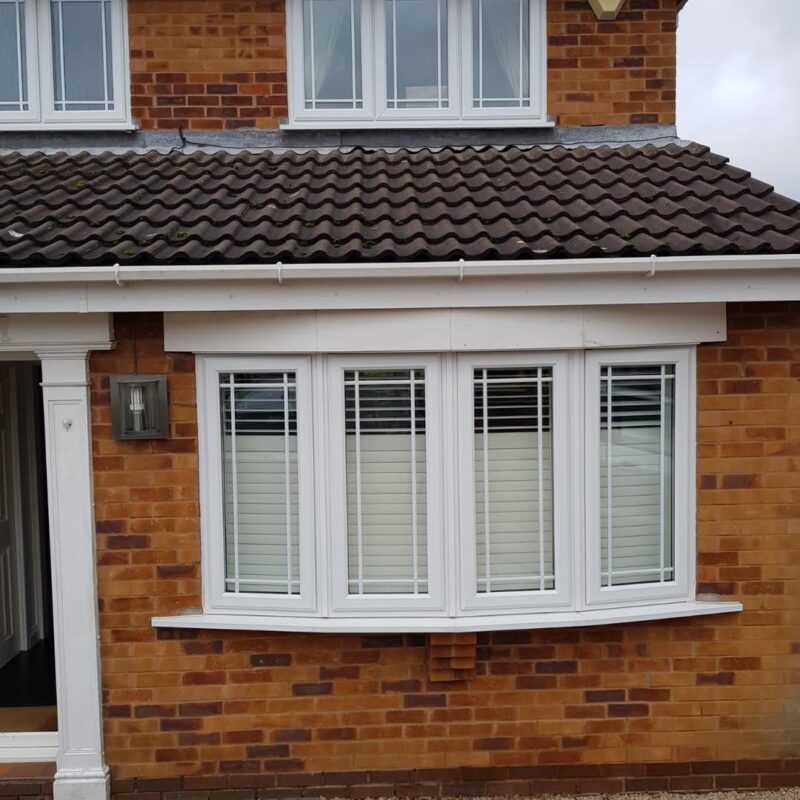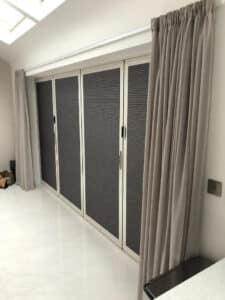Effective Ways to Properly Draught-Proof Your Home
As the colder months approach, the temptation to increase the heating in your home becomes hard to resist. However, no matter how much you heat your home, those annoying draughts can still find a way to sneak in, making your living space feel colder than it should.
Draughts – those persistent streams of cold air entering your home through small gaps – are often underestimated, yet they can cause a noticeable drop in indoor temperature and lead to higher energy bills as your heating system struggles to compensate.
Fortunately, proper draught-proofing can help you block these unwanted chills, ensuring your home remains warm and energy-efficient.
By choosing the right draught excluders and seals, you can create a cosy environment while saving money. In this article, we’ll explore the various types of draught excluders available, their cost-effectiveness, and how they can benefit your home.
Why Draught-Proofing Your Home is Important
Draught-proofing is not just about comfort – it’s also about improving the energy efficiency of your home.
When cold air enters your home through cracks, gaps, or poorly sealed areas (such as around windows, doors, and chimneys), it forces your heating system to work harder to maintain a consistent temperature. This, in turn, increases your energy consumption and costs.
By draught-proofing your home, you can enjoy several key benefits. First and foremost, it helps to reduce energy consumption, which translates into lower heating bills. Secondly, it creates a more comfortable living space by eliminating cold spots and unwanted chills.
Finally, draught-proofing has an environmental benefit, as it reduces the amount of energy required to heat your home, lowering your carbon footprint.
Choosing the Right Draught Excluders
There are various types of draught excluders designed to block cold air from entering through different parts of your home.
These products are affordable, easy to install, and highly effective at keeping the cold out. The following are some of the most common draught excluders and seals you can consider for your home.
Door Draught Excluders:
Doors, especially external ones, are one of the most common areas for draughts to occur. The gap beneath the door can allow cold air to seep in, creating discomfort. There are several solutions to address this issue.
For a simple, cost-effective solution, brush strip draught excluders work well. These are fitted along the bottom of the door, and the bristles create a seal that blocks cold air while still allowing the door to move freely over different types of flooring.
Another option is rubber strip excluders, which are made of flexible rubber and can easily be attached to the bottom of the door with adhesive. These are durable, long-lasting, and effective at preventing draughts.
If you’re looking for a more aesthetic solution, fabric draught excluders (commonly known as door snakes) are another choice. These are long cushions that can be placed at the base of the door to block draughts. While not as permanent as other solutions, they are easy to move and come in various designs to complement your home’s decor.
Window Draught Excluders and Seals:
Windows are another common source of draughts, especially in older homes with single glazing or poorly sealed frames. Fortunately, there are several solutions to reduce draughts from windows without compromising the ability to open and close them.
Self-adhesive foam strips are a simple yet effective option for sealing gaps around window frames. They are inexpensive and easy to apply, providing an excellent barrier against cold air.
Another alternative is rubber seals, which offer more durability and are suitable for larger gaps. These seals come in various thicknesses to match the type of window you’re draught-proofing.
Additionally, for homes with single-glazed windows, secondary glazing film can be used. This film is applied over the window to create a layer of insulation, reducing heat loss and preventing draughts.
Chimney Draught Excluders:
Chimneys, though a charming feature in many homes, can also be a significant source of draughts. Even if the fireplace is not in use, cold air can enter through the chimney and cool your home.
A chimney draught excluder, such as an inflatable chimney balloon, can be an effective solution. These excluders are designed to be placed inside the chimney when it’s not in use. Once inflated, they block the draught and can be easily removed when you want to light a fire.
Letterbox and Keyhole Draught Excluders:
Small openings like letterboxes and keyholes are often overlooked when draught-proofing a home, yet they can allow a surprising amount of cold air to enter.
Installing a letterbox brush or flap can prevent draughts while still allowing mail to pass through easily. For keyholes, specially designed covers can be fitted over the opening to block draughts when the key isn’t in use.
The Cost-Effectiveness of Draught-Proofing
One of the great advantages of draught-proofing is its affordability. Draught excluders and seals come at a relatively low cost, especially when compared to the potential savings on your energy bills.
Simple self-adhesive foam strips for windows and doors can be purchased for as little as £5 to £10, while more robust solutions like brush strips or rubber seals generally cost between £10 and £20. Chimney balloons, which are slightly more specialised, range from £20 to £30 but can prevent significant heat loss in homes with open fireplaces.
Investing in draught excluders not only pays off in terms of comfort but also in energy savings. According to some estimates, effective draught-proofing can save homeowners up to £50 a year on heating costs.
While this figure will vary depending on the size and condition of the home, the savings are notable and contribute to the long-term cost-effectiveness of draught-proofing.
How to Install Draught Excluders
Another benefit of draught-proofing is that most excluders and seals are straightforward to install, making them an ideal project for homeowners who enjoy DIY tasks. Most products come with adhesive backing or simple screw fittings, meaning you don’t need specialised tools or equipment to get the job done.
Before applying any draught excluder, it’s essential to ensure that the surface is clean and free from dust or debris. Measure the gap you intend to seal and cut the excluder or seal to the correct length.
For doors and windows, make sure that the excluder fits snugly but doesn’t obstruct the operation of the door or window. Chimney draught excluders, like chimney balloons, should be installed according to the manufacturer’s instructions to ensure safe use and easy removal when needed.
Conclusion: Enjoy a Warmer, More Energy-Efficient Home
Draught-proofing is a simple yet highly effective way to improve the warmth and energy efficiency of your home. By investing in draught excluders and seals for your doors, windows, chimneys, and other draught-prone areas, you can significantly reduce heat loss and create a more comfortable living environment.
Not only will draught-proofing help you stay warmer during the colder months, but it will also save you money on energy bills and contribute to a more eco-friendly home. With such a wide variety of affordable options available, there’s no reason to let those sneaky draughts stick around this winter.
Our professional team at Fraser James Blinds are always on hand to help if you require any more information or have any questions. Please feel free to contact us or alternatively, you can arrange a home visit at a time that works best for you.
You may also be interested in...
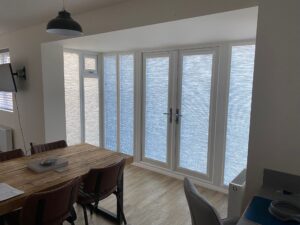

5 Benefits of an Awning During the Winter
Read More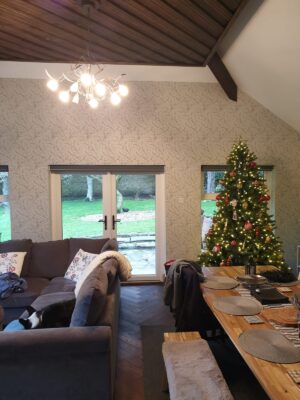
A Cosy Christmas: Warm and Inviting Home Decor with Blinds and Shutters
Read More
5 Ways to Get Better Use from Your Company’s Outdoor Space This Winter
Read More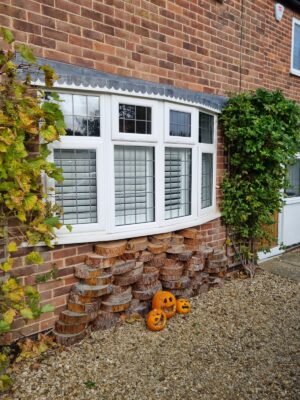
Blinds for Autumn Home Décor
Read More

